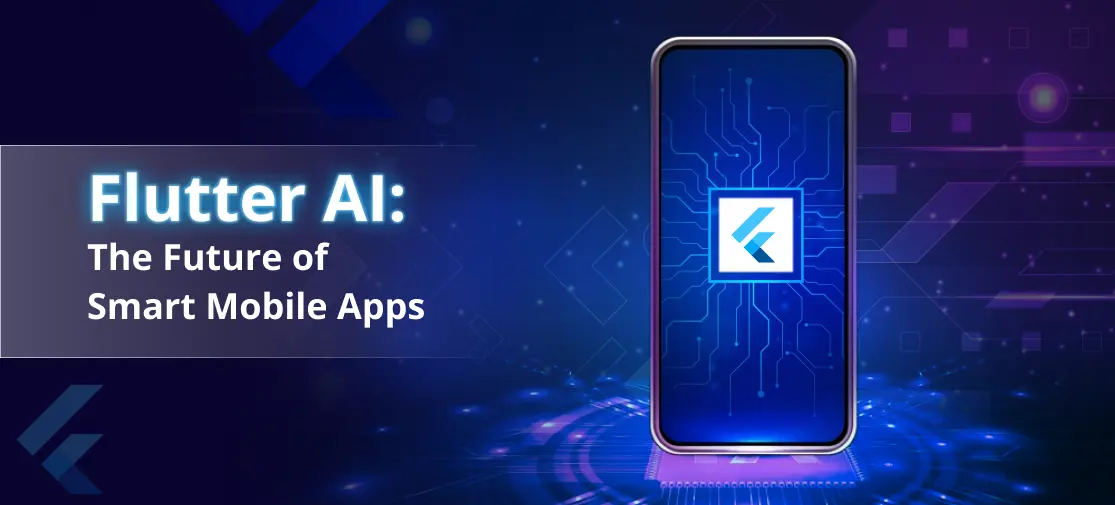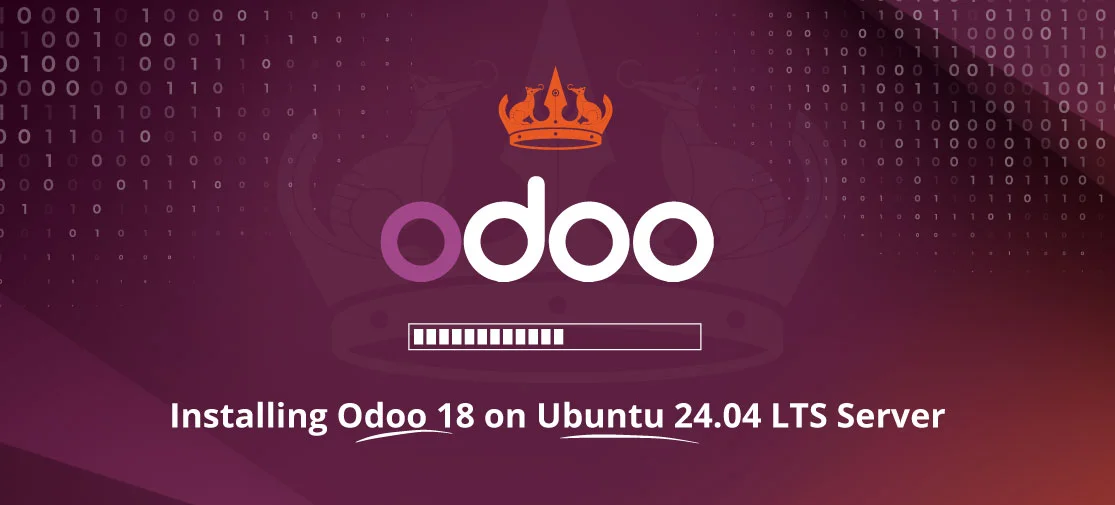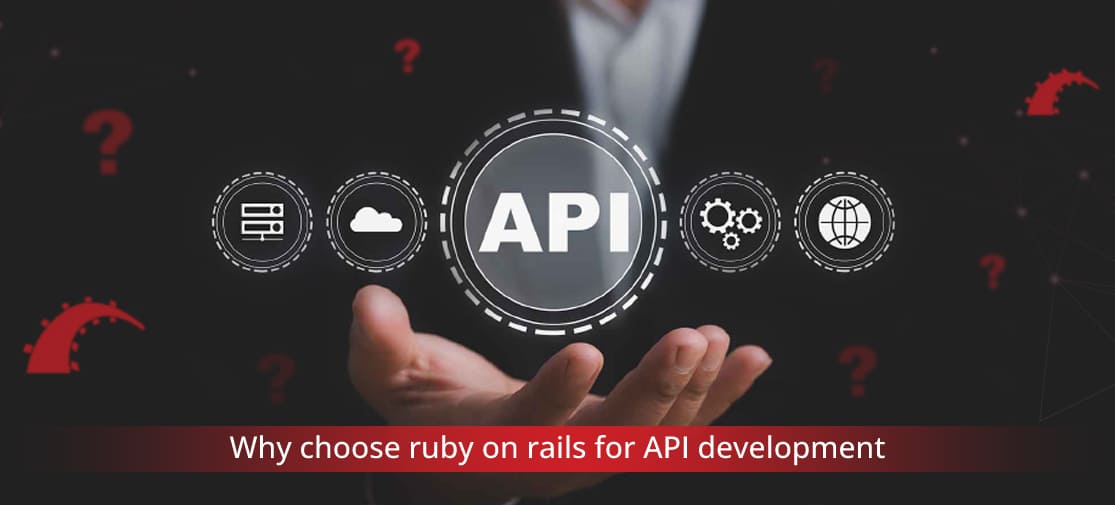Introduction
In the fast-evolving world of mobile technology, users demand more than visually appealing applications--they expect intuitive, personalized experiences. This necessity has propelled Artificial Intelligence (AI) to the forefront. According to a survey, around 60% of consumers now see AI features like voice assistants and personalized recommendations as indispensable.
Enter Flutter. Combining Google's robust UI toolkit with AI is transforming the landscape of mobile app development. This comprehensive blog delves into how incorporating AI into Flutter apps creates dynamic applications that learn, respond, and adapt with unprecedented efficiency. Discover the tools and steps for crafting smart mobile apps that offer speed, interactivity, and affordability, catering to modern user expectations.
Understanding AI in Flutter
Artificial Intelligence acts as the brain behind smarter app functionalities--it learns and adapts, automating processes, recognizing patterns, and making decisions with minimal manual intervention. Integrating AI into Flutter, known for its cross-platform capabilities, takes these advantages further by allowing a seamless blend of streamlined app performance and intelligent automation.
Why Combine AI with Flutter?
- Unified Codebase : With Flutter, you write code once and deploy your AI-enhanced experience across multiple platforms, maintaining consistency and efficiency.
- Native Performance : Flutter excels at delivering native-like speed, even with high-demanding AI processes.
- Enhanced Interaction : AI elevates user engagement through voice recognition, chatbot interactions, and personalized recommendations--experiences users now anticipate.
Benefits of Using Flutter AI in Your Mobile Applications
-
Instantaneous On-Device AI Performance
AI thrives on real-time responses. On-device AI models speed up processing, offering features like image and speech recognition offline with enhanced security.
-
Cross-Platform Advantage
Flutter's cross-platform nature allows AI functionalities like chatbots and recommendation systems to operate effortlessly on iOS and Android, without juggling platform-specific issues.
-
Improved Accessibility
AI inclusivity shines with Flutter, facilitating features such as voice navigation and predictive inputs, making apps accessible for individuals with disabilities.
-
Dynamic User Experiences
Adaptability is key--AI in Flutter apps personalizes content, smart notifications, and chat responses based on real-time user behavior, keeping the experience fluid and relevant.
-
Cost-Effectiveness and Efficiency
Developing AI-powered apps might seem costly, yet Flutter’s fast development cycle, combined with readily available pre-trained models, significantly cuts time and infrastructure costs.
Tools and Libraries for Flutter AI Integration
To effectively incorporate AI into Flutter applications, developers must choose the right tools and libraries to ensure streamlined performance and accuracy.
- TensorFlow Lite (TFLite) : A lightweight, mobile-centric AI solution for on-device processing, ideal for tasks like image recognition and predictive analytics.
- Google ML Kit : Offers a suite of pre-trained models catering to text recognition, face detection, and more complex tasks without deep machine learning knowledge.
- Firebase ML : Utilize Google's cloud infrastructure for real-time analytics and custom-trained AI models.
- OpenAI API (ChatGPT) : Enhances interactivity with intelligent chatbots and AI-generated content.
- MediaPipe : Facilitates real-time applications with features like gesture and facial recognition.
- Hugging Face Transformers : Specializes in natural language processing (NLP) for text summarization and sentiment analysis, adding a layer of sophistication to chatbots.
Integrating AI in Flutter in 5 Steps
Step 1: Set Up Dependencies
To start, integrate relevant AI libraries by modifying the pubspec.yaml file in your Flutter project. Choose libraries like TensorFlow Lite or OpenAI depending on your AI needs.
dependencies:
google_ml_kit: ^latest_versionRun flutter pub get to install dependencies.
Step 2: Load the AI Models
Select and load the necessary AI models. Use pre-trained models like Google ML Kit for standard tasks, or import custom models converted into .tflite format for unique functionalities.
final textRecognizer = GoogleMlKit.vision.textRecognizer();Step 3: Process Data with AI
Feed user data into AI models for processing. Whether it's recognizing faces or generating chat responses, ensure accurate data input.
final faceDetector = GoogleMlKit.vision.faceDetector();
final List faces = await faceDetector.processImage(inputImage);Step 4: Exhibit AI Results
Display AI-generated insights using Flutter's widget system, enhancing user interactivity.
Text("Recognized Text: ${recognizedText.text}");Step 5: Optimize for Performance
Ensure AI processes do not drain resources by running tasks on-device or in background threads using Flutter Isolates for efficiency.
Future runHeavyAIProcessing(String inputData) async {
return await compute(processAI, inputData);
}Challenges and Considerations in Flutter AI Integration
As powerful as the Flutter-AI duo is, it has its share of challenges.
- Resource Intensiveness : AI models can tax device resources. Optimizations like model compression are vital.
- Device Compatibility : AI features function variably across devices with different capabilities.
- Data Privacy : Securely handle sensitive data following regulations like GDPR and CCPA.
- Battery and Memory Management : Mitigate the effect of AI operations on device power consumption and memory.
Best Practices for AI in Flutter
- Leverage lightweight models like TensorFlow Lite to minimize resource consumption.
- Execute extensive testing across varied devices to ensure consistent performance.
- Protect user data zealously, adhering to privacy regulations.
- Harness caching to speed up data access and reduce processing demands.
- Maintain awareness through monitoring AI model performance and behavior.
Use Cases of AI in Flutter
- Intelligent Chatbots and Virtual Assistants
AI-powered bots enhance app interaction by providing 24/7 assistance and automated responses.
- Advanced Image Recognition and Computer Vision
Utilize image classification, object recognition, and more to perform complex visual tasks seamlessly.
- Enhanced Voice Recognition and Language Translation
Transform apps into globally accessible entities with speech-to-text and language translation AI integrations.
- Personalized User Recommendations
AI's ability to tailor experiences boosts user satisfaction and retention, critical in e-commerce and content streaming apps.
- Healthcare Insights and Analytics
AI aids medical professionals by analyzing medical imagery and health data, expediting accurate diagnostics.
- Fraud Detection for Enhanced Security
AI identifies atypical user activities to prevent fraud, vital in financial apps.
- IoT and Smart Home Automation
AI enables efficient control over smart devices, streamlining day-to-day tech interactions.
Conclusion
AI is no longer a buzzword; it's an essential element driving the next generation of applications. The synergy of Flutter's innovative design and AI's cognitive capabilities creates a fertile ground for developing intuitive and personalized mobile experiences. Harness the potential of Flutter AI, embrace its affordable yet robust framework, and propel your app into a future where adaptability and intelligence are standard expectations. For precision and speed in building your AI-driven apps, consider partnering with a seasoned Flutter application development team.



